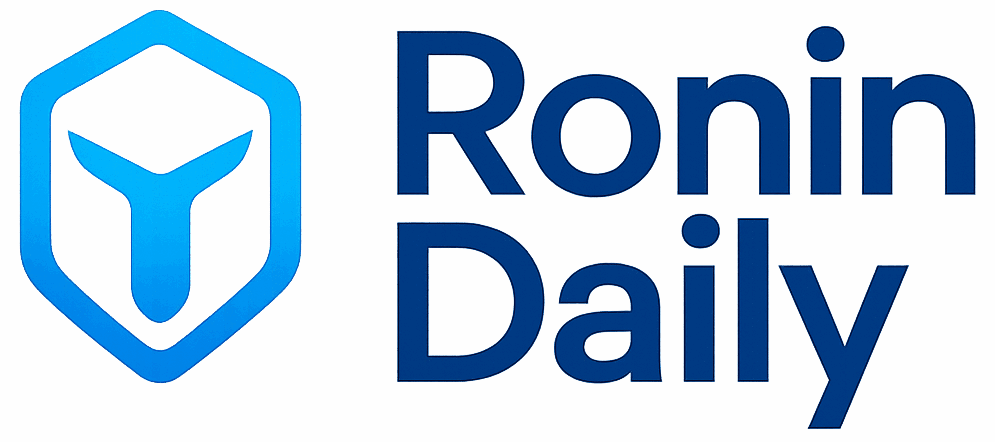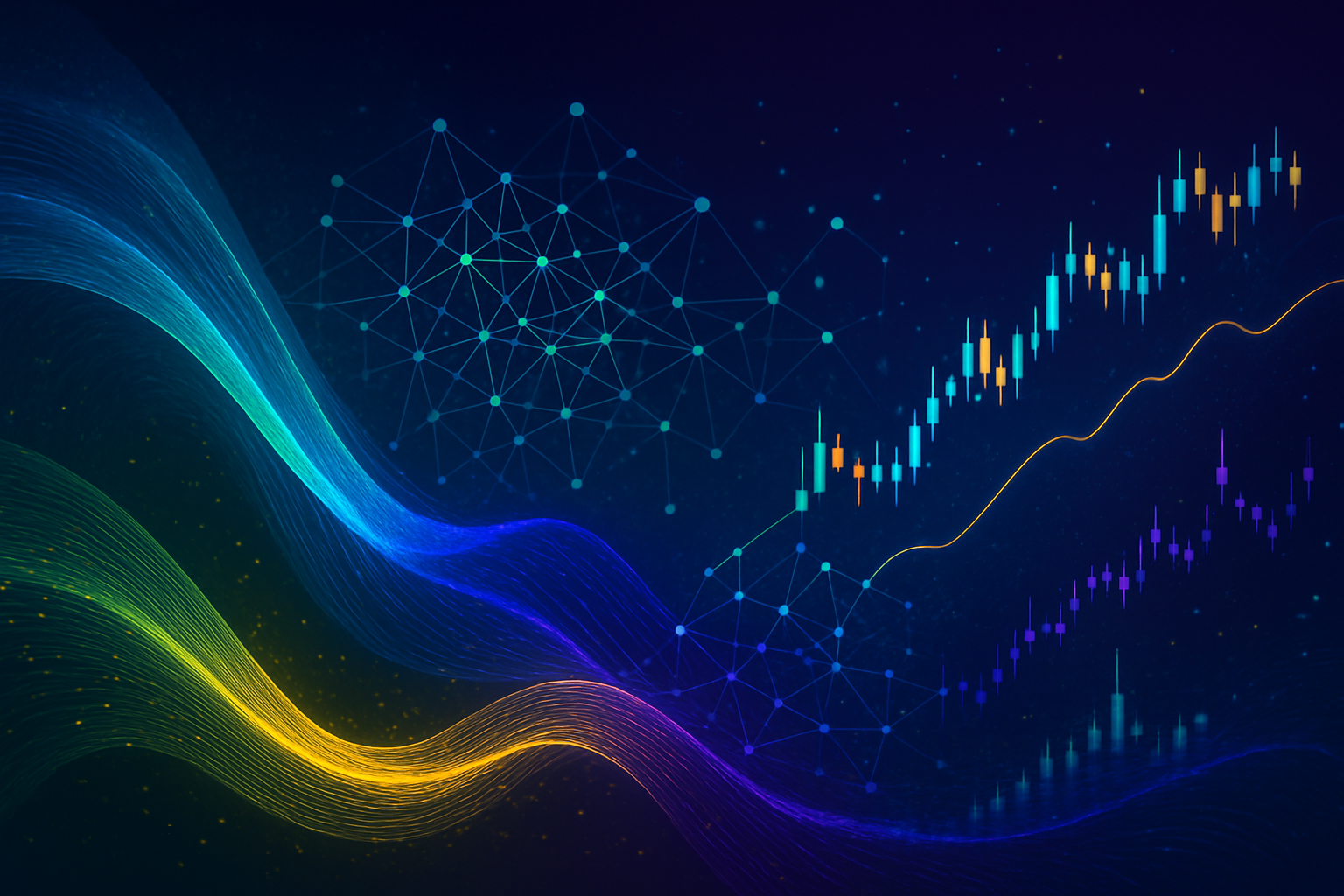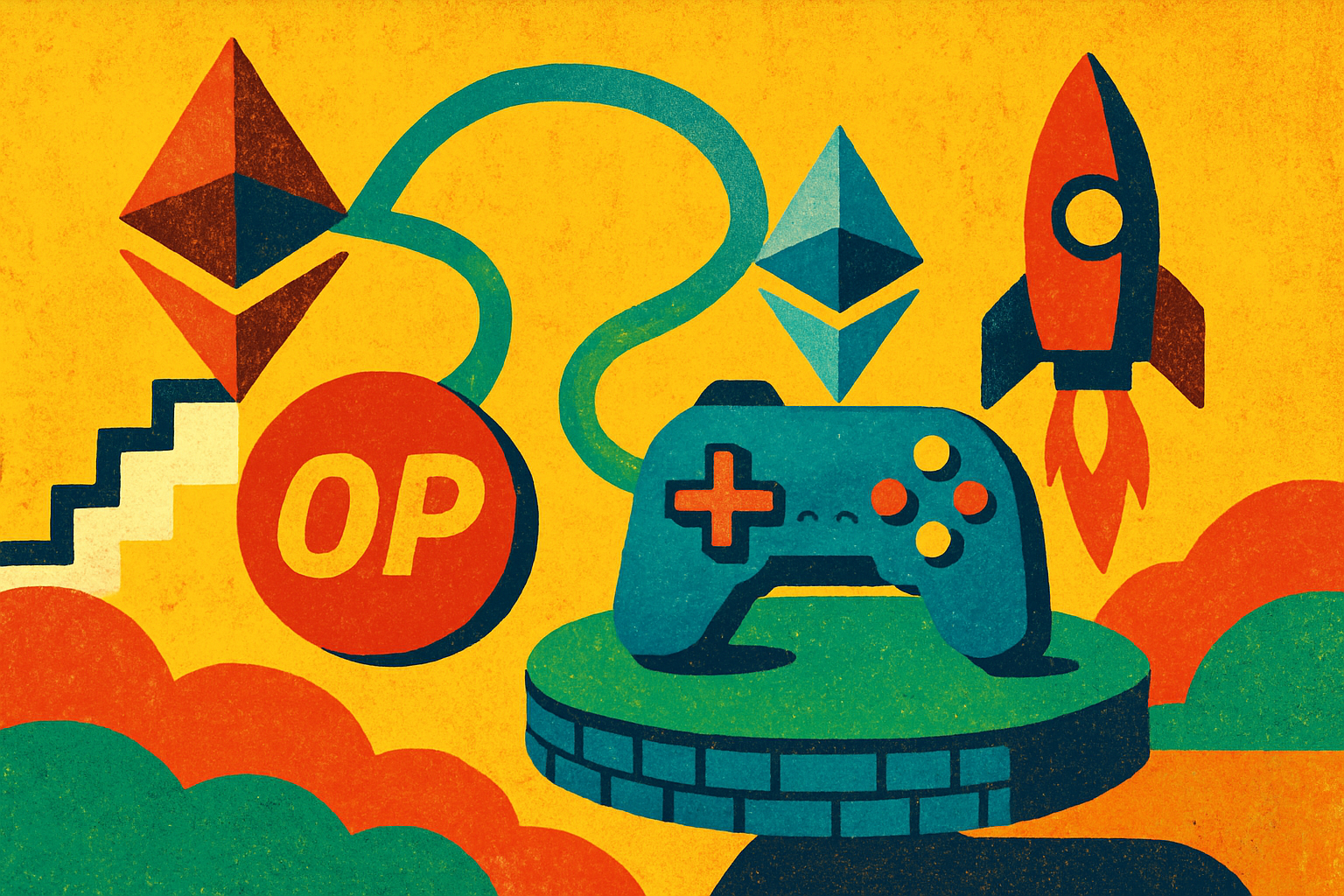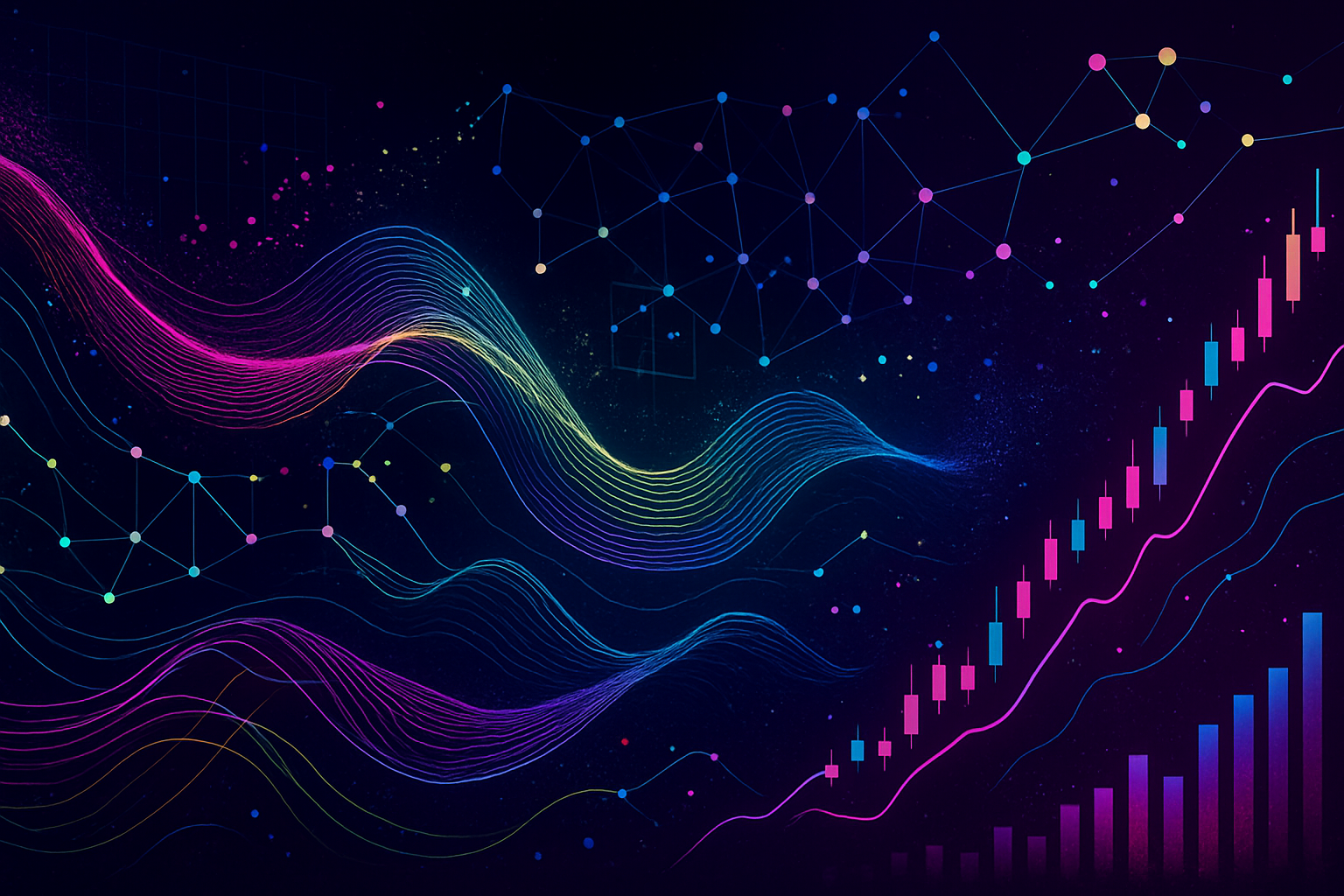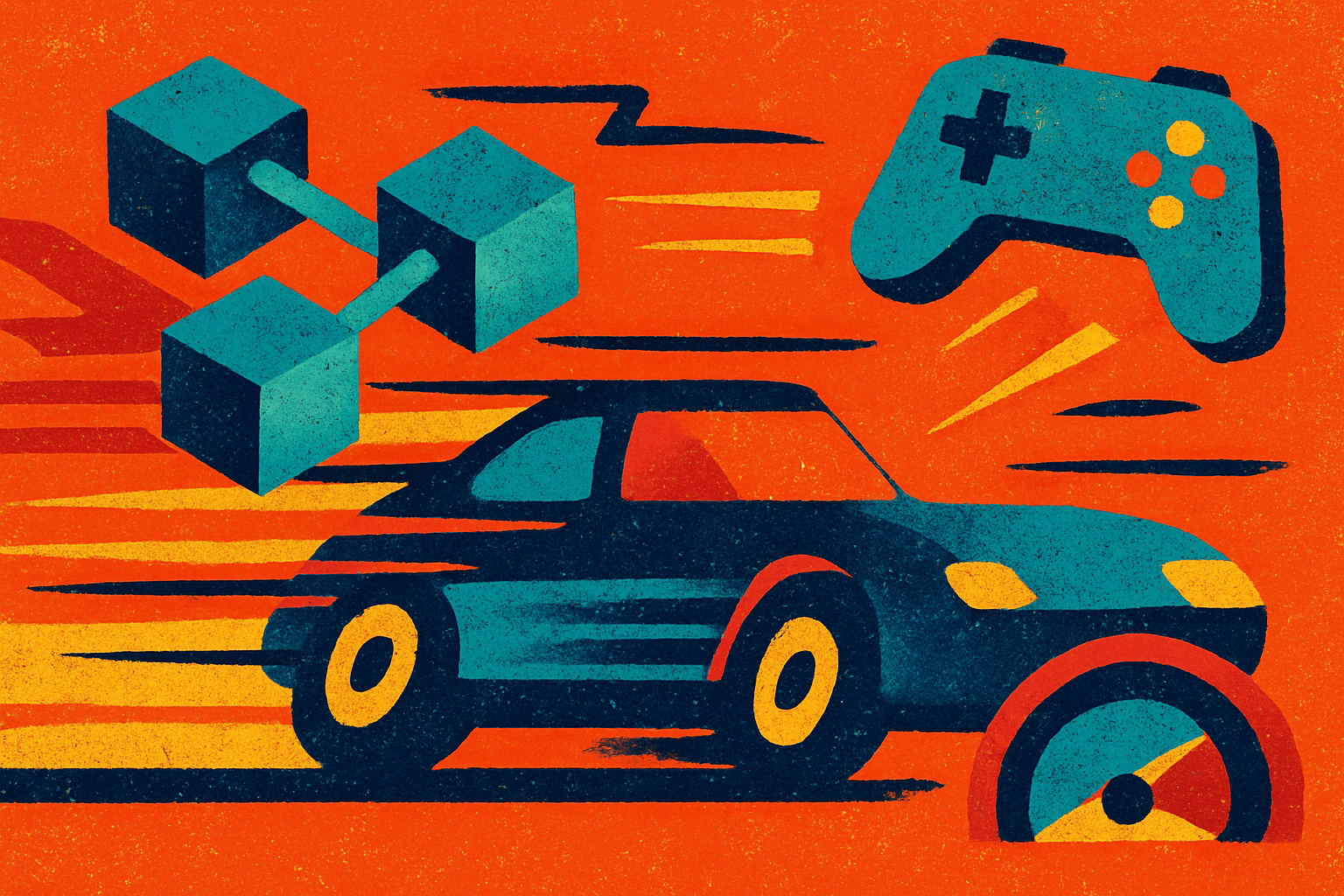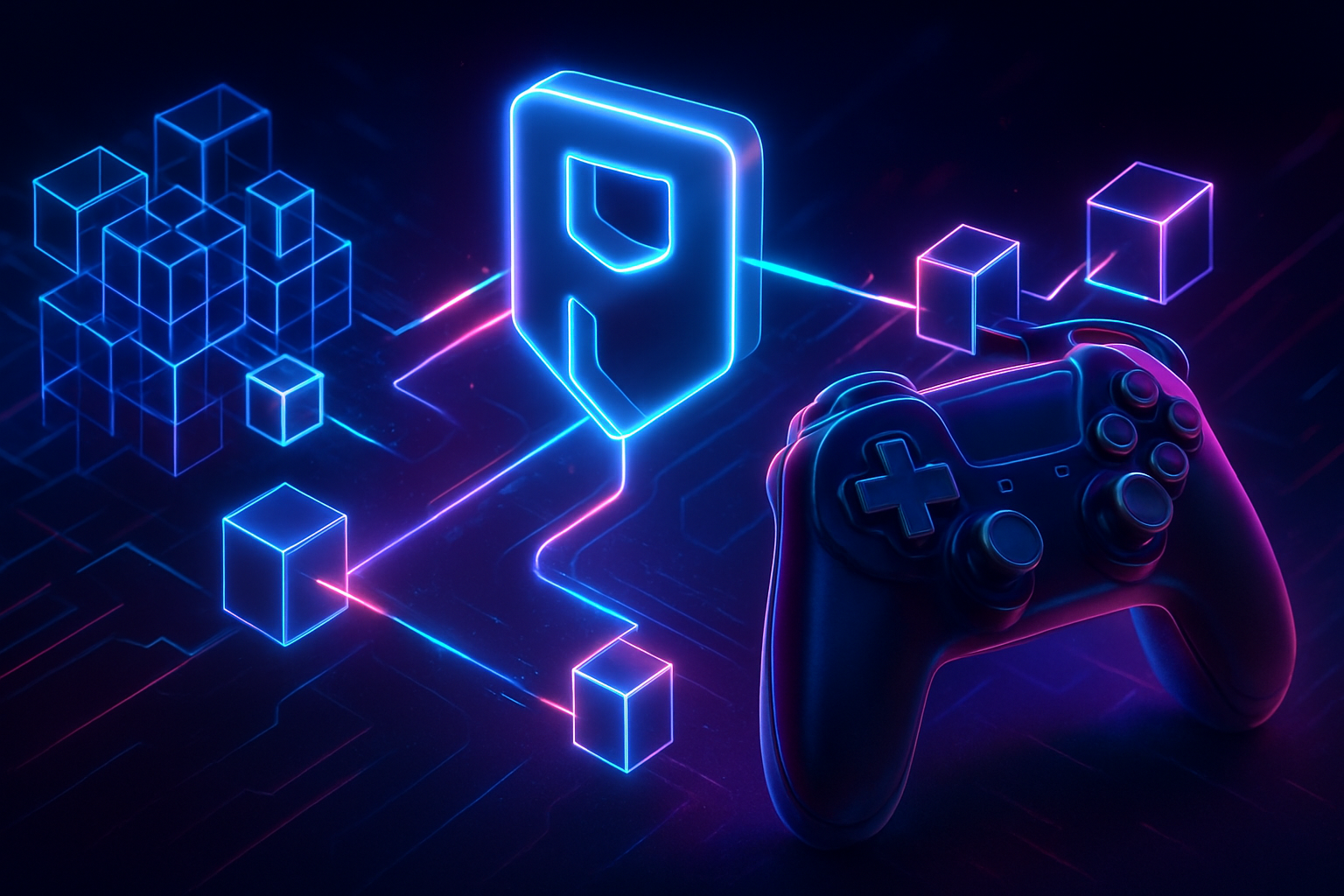
Real-time gaming in the Web3 era demands infrastructure that can process massive volumes of transactions instantly and securely. Ronin Layer 2 scaling solutions are redefining what’s possible for blockchain-based games, offering the performance and user experience that mainstream audiences expect. As the Ronin network transitions from its origins as an Ethereum sidechain to a full-fledged Layer 2 powered by rollups and zkEVM technology, it is setting new benchmarks for transaction speed, scalability, and developer empowerment.
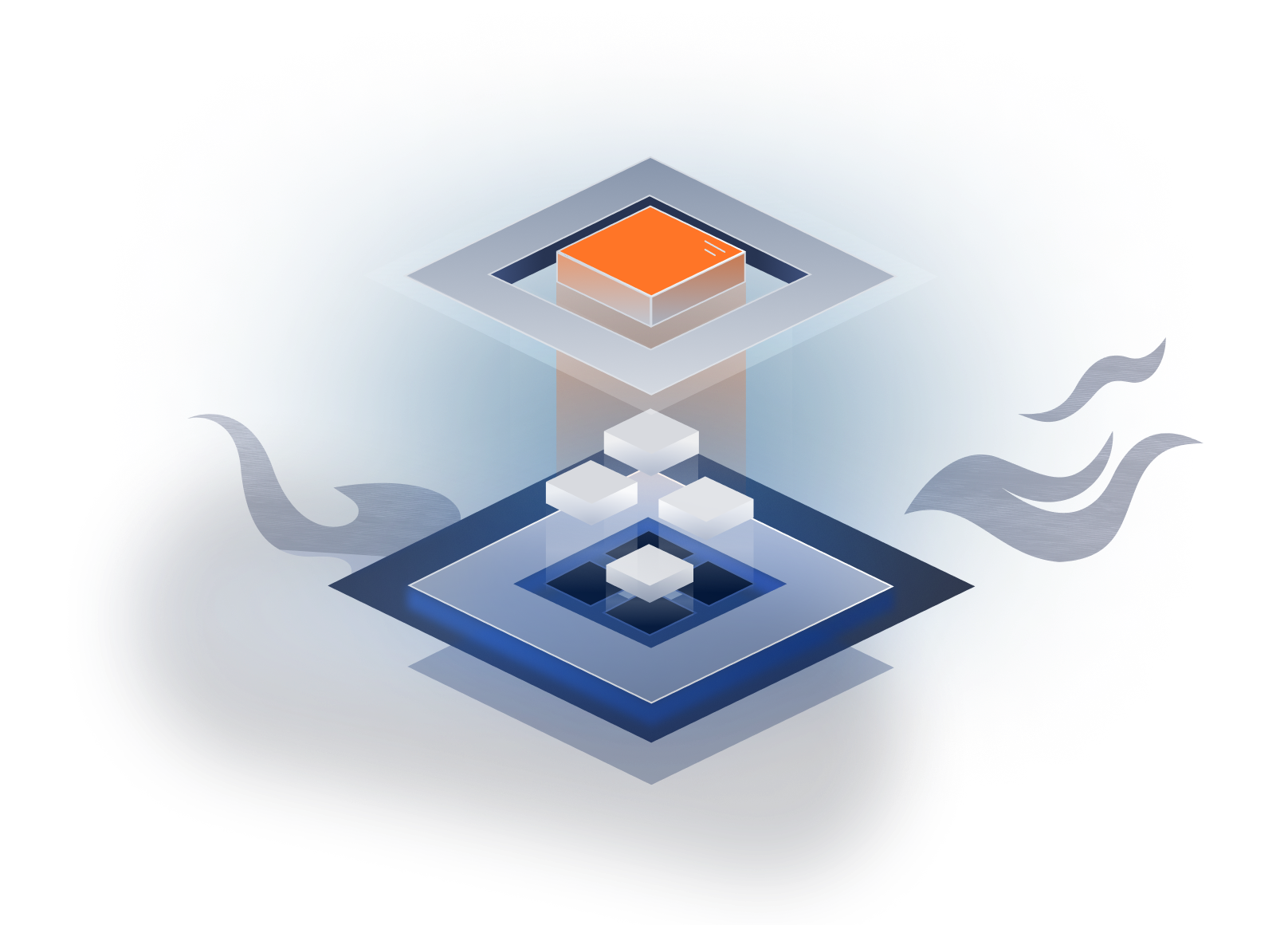
Why Scalability Matters: The Core Challenge for Web3 Gaming
Traditional blockchains like Ethereum have long struggled to keep up with the demands of interactive games, where each player action can trigger a smart contract or asset transfer. Network congestion, unpredictable fees, and slow confirmation times have limited what developers could build. For games aiming to support thousands or even millions of simultaneous players, these bottlenecks are deal-breakers.
This is where Ronin’s pivot to Layer 2 comes into play. By leveraging advanced rollup technologies and zero-knowledge proofs, Ronin offloads the bulk of transactions from Ethereum’s mainnet while still inheriting its security guarantees. This approach allows for low-latency gameplay, near-instant asset swaps, and seamless NFT trading, all essential ingredients for immersive Web3 experiences.
Ronin Rollups: Unlocking Real-Time Transaction Speed
The heart of Ronin’s new architecture lies in its adoption of zkEVM-based rollups, an innovation that enables the network to process hundreds of millions (and potentially billions) of transactions daily. With this capacity, game developers no longer have to compromise on real-time features or worry about network slowdowns during peak hours.
The integration with Polygon’s Chain Development Kit (CDK) further empowers builders to launch their own game-specific Layer 2s on top of the Ronin mainnet. This modularity supports a diverse ecosystem where each game can fine-tune its own parameters for throughput, privacy, and tokenomics while benefiting from the shared security and liquidity of the broader Ronin network.
Current Market Pulse: RON Price at $0.5345 Reflects Growing Confidence
The market has taken notice of these technical milestones. As of today, RON is trading at $0.5345, reflecting a positive 24-hour change ( and $0.0361/and 0.0724%). This uptick follows a series of announcements about new developer incentives and enhanced tokenomics designed to attract top-tier talent into the ecosystem (source). The price movement underscores growing confidence in Ronin’s ability to deliver on its promise as the go-to platform for scalable blockchain gaming.
Key Features Driving Real-Time Gaming on Ronin L2
- Ultra-low latency: Critical for fast-paced multiplayer games where every millisecond counts
- High throughput: Supports massive in-game economies with frequent asset transfers
- User-friendly onboarding: Removes friction for gamers new to crypto wallets or NFTs
- Privacy preservation: Zero-knowledge proofs ensure sensitive data remains confidential without sacrificing verification speed
- Sustainable tokenomics: New models reward both developers and players as active participants in the ecosystem
These technical breakthroughs are not just theoretical. Developers are already rolling out next-generation Web3 games on Ronin Layer 2, leveraging its high throughput and low latency to create experiences indistinguishable from their Web2 counterparts. From real-time PvP battles to seamless NFT marketplaces, the Ronin network is proving that blockchain gaming can be both scalable and accessible.
Developer Ecosystem: Tools and Incentives Fueling Innovation
Ronin’s robust developer stack is a major catalyst for its rapid adoption. With support for enterprise-grade node deployment, modular scaling solutions, and integrations like ThirdWeb, the network dramatically reduces the complexity of launching and managing blockchain games. The upcoming tokenomics overhaul, expected with Ronin’s relaunch in the first half of 2026, will further incentivize developers by directly rewarding ecosystem contributions.
“What sets Ronin apart from other Ethereum L2s is its laser focus on gaming and NFT use cases, optimized for high throughput and user-friendly access. ”
This focus translates into practical advantages: faster onboarding for new players, smoother in-game economies, and the ability to scale to millions of concurrent users without sacrificing decentralization or security.
Top Web3 Games Powered by Ronin Layer 2
-
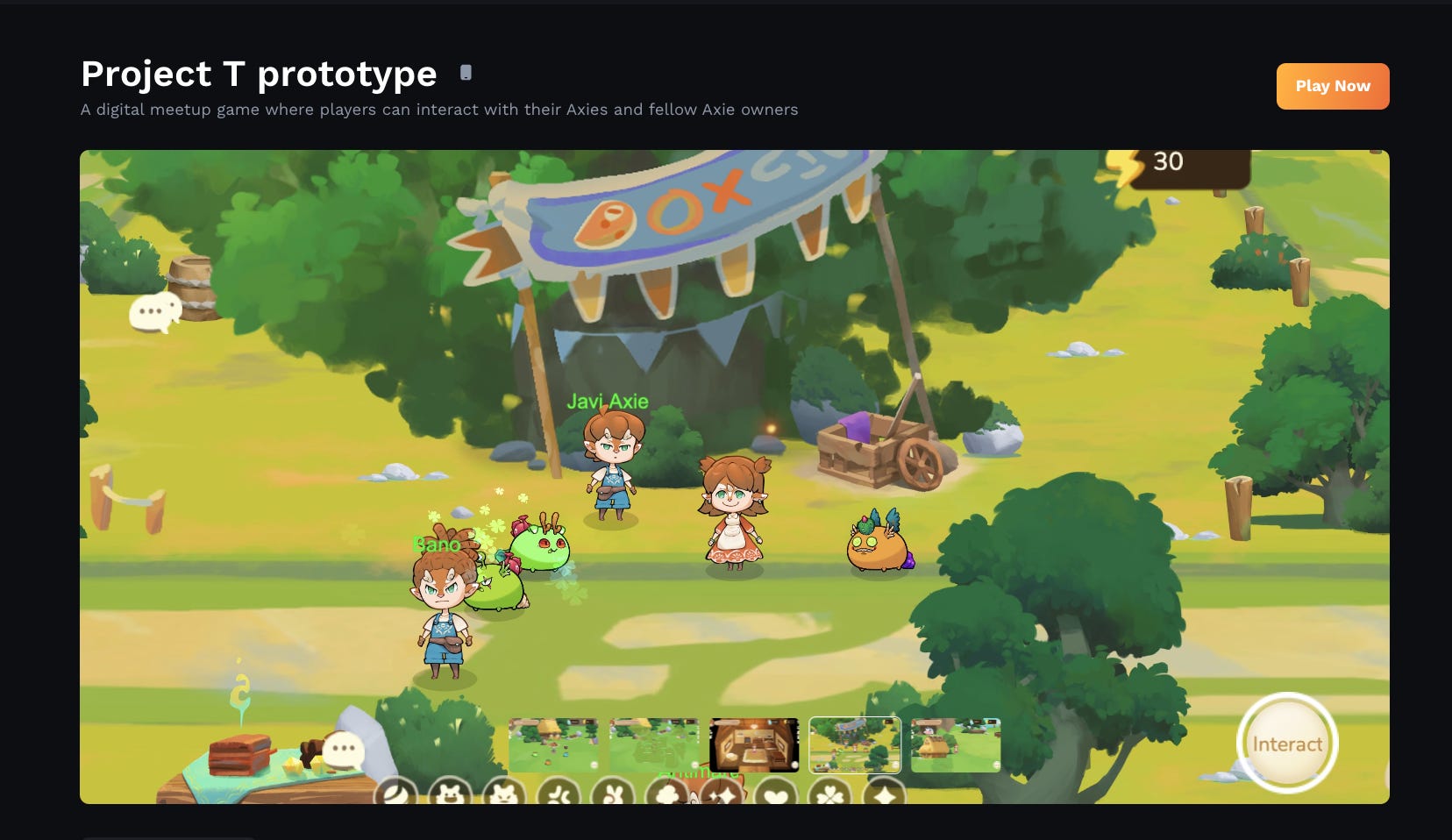
Axie Infinity – The flagship play-to-earn game that put Ronin on the map. Axie Infinity leverages Ronin Layer 2 for ultra-fast, low-fee transactions, enabling seamless NFT trading and real-time gameplay for millions of users.
-
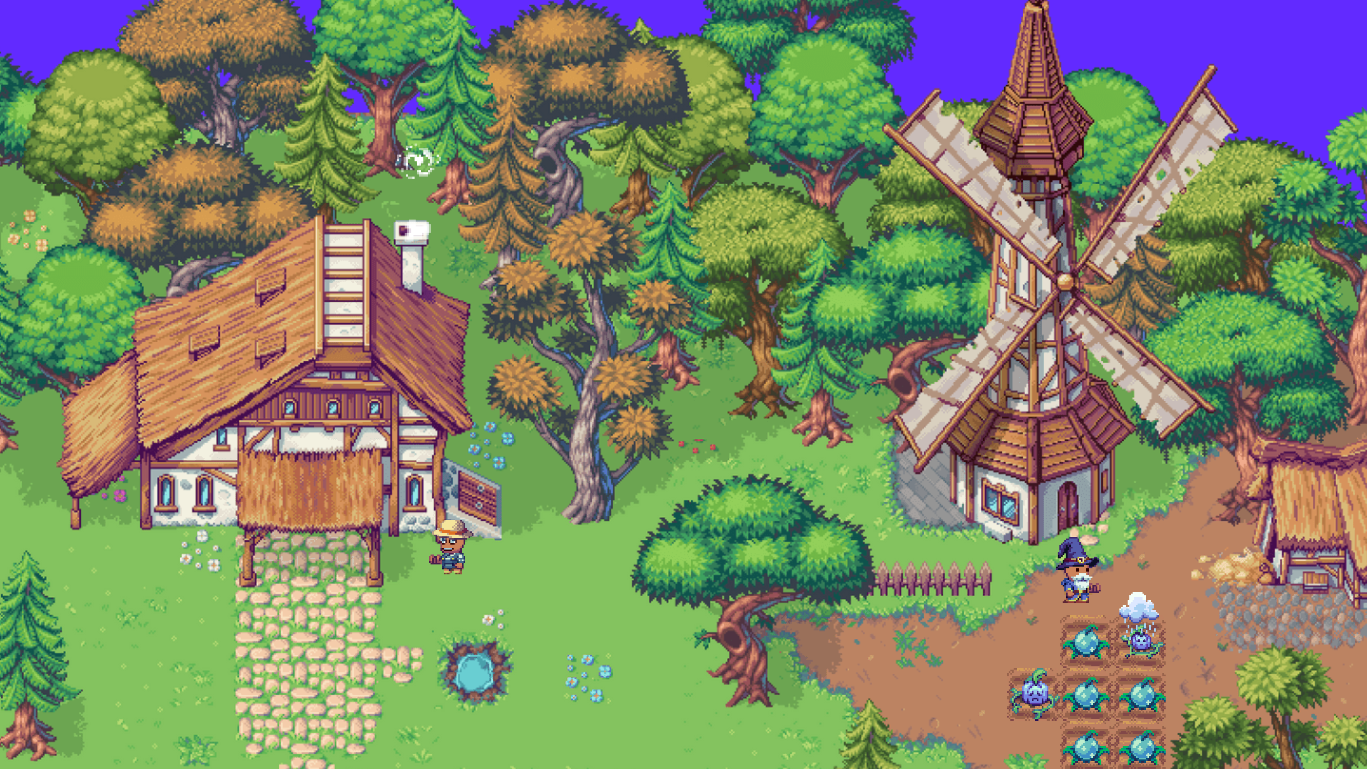
Pixels – A social farming MMO where players own land, grow crops, and interact in a vibrant pixelated world. Pixels migrated to Ronin to benefit from Layer 2 scalability, supporting thousands of daily active players and smooth asset transfers.
-
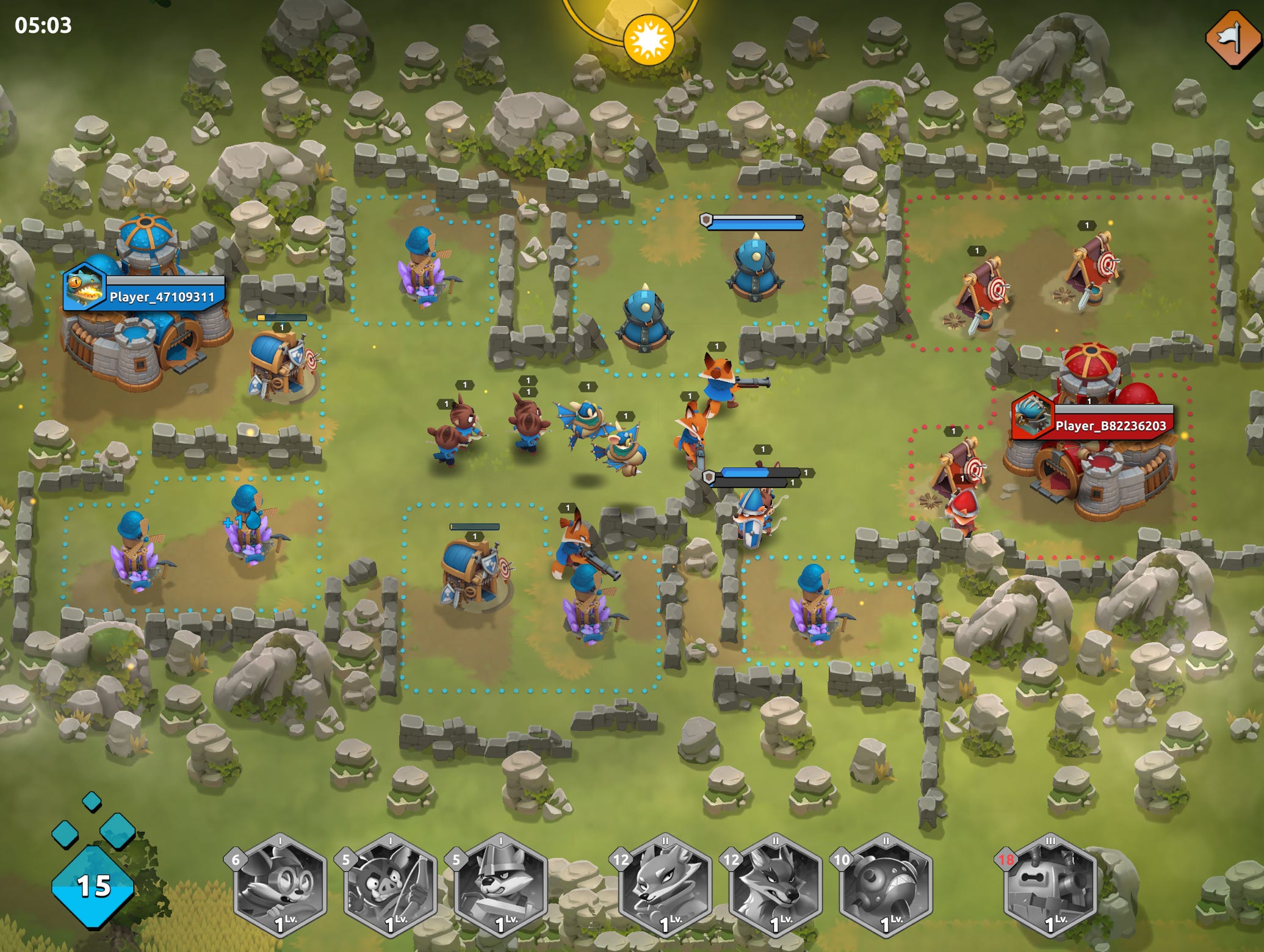
Wild Forest – A real-time strategy game featuring NFT-based units and land. Wild Forest utilizes Ronin Layer 2 for instant in-game transactions and low-latency multiplayer battles, enhancing the Web3 gaming experience.
-
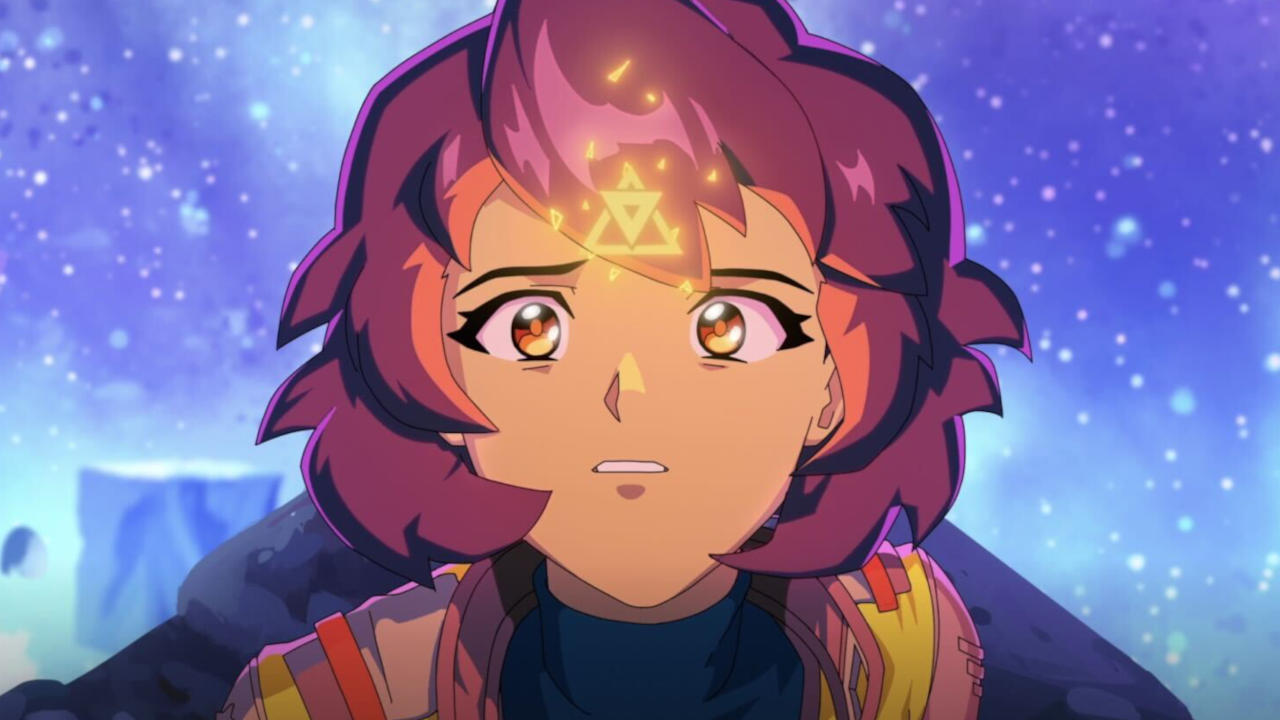
Kaidro – An action-adventure RPG with NFT integration, Kaidro uses Ronin’s zkEVM-powered Layer 2 for efficient asset management and real-time combat, offering players true ownership of in-game items.
-

Battle Bears Heroes – A fast-paced multiplayer shooter where players collect and trade NFT heroes. Battle Bears Heroes leverages Ronin Layer 2 for quick matchmaking and secure, low-cost NFT transactions.
Interoperability and Asset Mobility: A Seamless Player Experience
One of Ronin’s most powerful features is its cross-chain interoperability. By supporting asset transfers across Layer-1 Ethereum and multiple Layer-2 chains built on its mainnet, players enjoy true ownership of their digital assets. This means NFTs or tokens acquired in one game can be traded or used in another without friction, a foundational principle for the open metaverse.
The zkEVM architecture not only boosts transaction speed but also ensures these transfers are secure and private. Zero-knowledge proofs allow validators to confirm transactions without exposing underlying data, preserving user privacy while maintaining transparency where it matters most.
Community Momentum and Market Outlook
The recent positive price action provides RON holding at $0.5345: is more than a reflection of market speculation. It signals growing conviction among both developers and gamers that Ronin Layer 2 is positioned at the forefront of blockchain gaming scalability (source). As more high-profile projects launch on Ronin and as new tokenomics models go live in 2026, further ecosystem growth appears likely.
For those building or investing in Web3 games, understanding how rollups, zkEVM technology, and developer incentives converge on Ronin is crucial. The network’s evolution demonstrates that real-time blockchain gaming isn’t just possible, it’s happening now.
